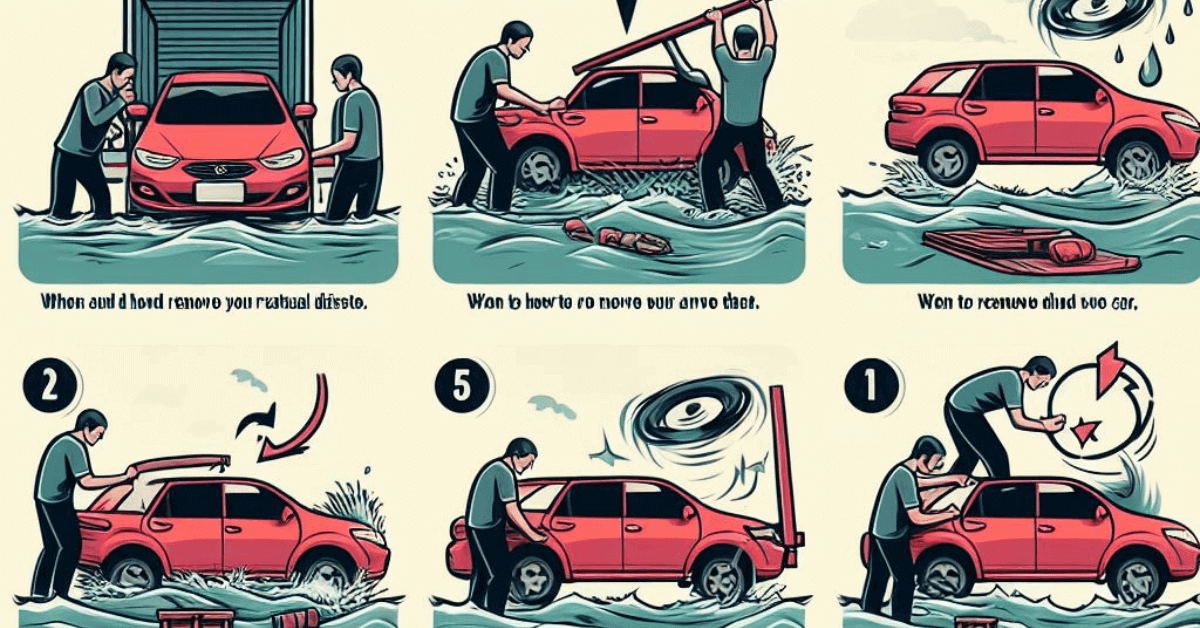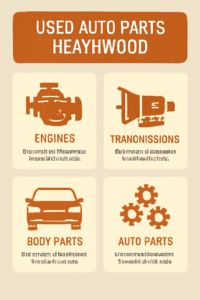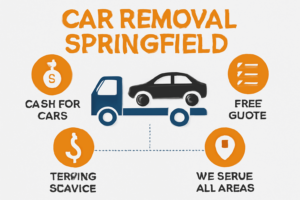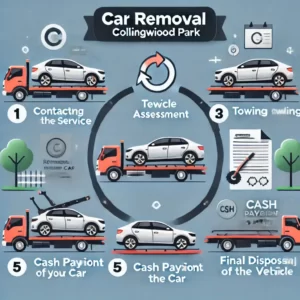In the course of owning a car, there comes a time when the question of whether to keep or remove it arises. Understanding when it’s time to bid farewell to your trusted vehicle is essential for various reasons. This article delves into the signs indicating it’s time to remove your car, the steps to take before making this decision, methods of removal, and, ultimately, the importance of making an informed choice.
Signs It’s Time to Remove Your Car
Frequent Breakdowns and Repairs
One of the most evident signs that your car‘s days are numbered is experiencing frequent breakdowns and the need for costly repairs. When your vehicle becomes more of a hassle than a convenience, it’s a clear indication that it might be time to consider parting ways.
Declining Safety Standards
As cars age, their safety features and overall performance tend to deteriorate. If your vehicle fails to meet safety standards or you find yourself questioning its reliability on the road, it’s a significant red flag. Your safety, as well as that of others, should never be compromised.
High Maintenance Costs
With aging comes an increase in maintenance costs. Constant visits to the mechanic and expensive repairs can quickly drain your finances. If the price of keeping your car on the road exceeds its value, it’s wise to reevaluate whether it’s worth holding onto.
Environmental Impact
Older cars often emit higher levels of pollutants, contributing to environmental degradation. If you’re concerned about your carbon footprint and the impact your vehicle has on the environment, upgrading to a more eco-friendly option might be the way forward.
Limited or No Use
If your car spends more time parked than on the road, it may no longer serve its purpose. Whether due to lifestyle changes, relocation, or the availability of alternative transportation, owning a vehicle that sits idle is both impractical and costly.
Steps to Take Before Removing Your Car
Assessing the Car’s Condition
Before deciding to remove your car, assess its overall condition. Consider factors such as mileage, age, mechanical issues, and structural integrity. A thorough evaluation will help you determine whether it’s worth keeping or time to let go.
Exploring Repair Options
If your car is still salvageable, explore repair options to prolong its lifespan. Obtain quotes from reputable mechanics to gauge the cost-effectiveness of repairs compared to the vehicle’s value. Sometimes, a simple fix can breathe new life into an old car.
Considering Alternative Transportation
Before parting ways with your car, consider alternative transportation options. Whether it’s public transit, carpooling, biking, or ridesharing services, weigh the feasibility and convenience of each option based on your lifestyle and needs.
Methods of Removing Your Car
Selling Your Car
If your car is in decent condition, selling it can help recoup some of your investment. Advertise through online platforms, classified ads, or local dealerships to find potential buyers. Be transparent about the vehicle’s condition to avoid any disputes.
Donating Your Car
Donating your car to a charitable organization is a noble way to part with it. Not only does it benefit a worthy cause, but you may also be eligible for a tax deduction. Research reputable charities and inquire about their donation process.
Recycling Your Car
For cars beyond repair or with minimal resale value, recycling is an eco-friendly option. Many scrapyards and recycling centers accept old vehicles, salvaging usable parts and disposing of hazardous materials responsibly.
FAQs
Several factors influence the value of an old car, including its make, model, year, mileage, condition, and market demand. Websites such as Kelley Blue Book and Edmunds offer tools to estimate a vehicle’s worth.
Can I remove my car if it’s still under financing?
Removing a car that’s under financing can be complex. You’ll need to settle any outstanding loan balance before transferring ownership or disposing of the vehicle. Consult with your lender to understand your options.
What should I do with personal belongings in my car before removing them?
Before removing your car, thoroughly check for and remove any personal belongings. Items such as documents, electronics, and sentimental belongings should be retrieved to avoid loss or inconvenience.
Are there any legal requirements I should be aware of when removing my car?
Depending on your location, there may be legal requirements associated with removing a car, such as deregistering it with the Department of Motor Vehicles (DMV) and surrendering license plates. Familiarize yourself with local regulations to ensure compliance.
Can I remove my car if it’s not running?
Yes, you can remove a car that’s not running. Whether you choose to sell, donate, or recycle it, there are removal options available for non-running vehicles. Be transparent about its condition when exploring removal methods.
Conclusion
Knowing when to remove your car is a decision that requires careful consideration. By recognizing the signs indicating it’s time to let go, taking proactive steps to assess its condition, and exploring removal options, you can make an informed choice that aligns with your needs and values.








